Dim sum is more than just a meal—it’s a social ritual, a rolling feast, and a celebration of bite-sized joy. But if you don’t know the ropes, it’s easy to feel overwhelmed or miss out.
With so many options, fast-moving carts, and unwritten rules, newcomers often make the same rookie errors.
Here’s how to avoid the most common dim sum slip-ups and savor the experience like a pro.
1. Not Making A Reservation On Weekends
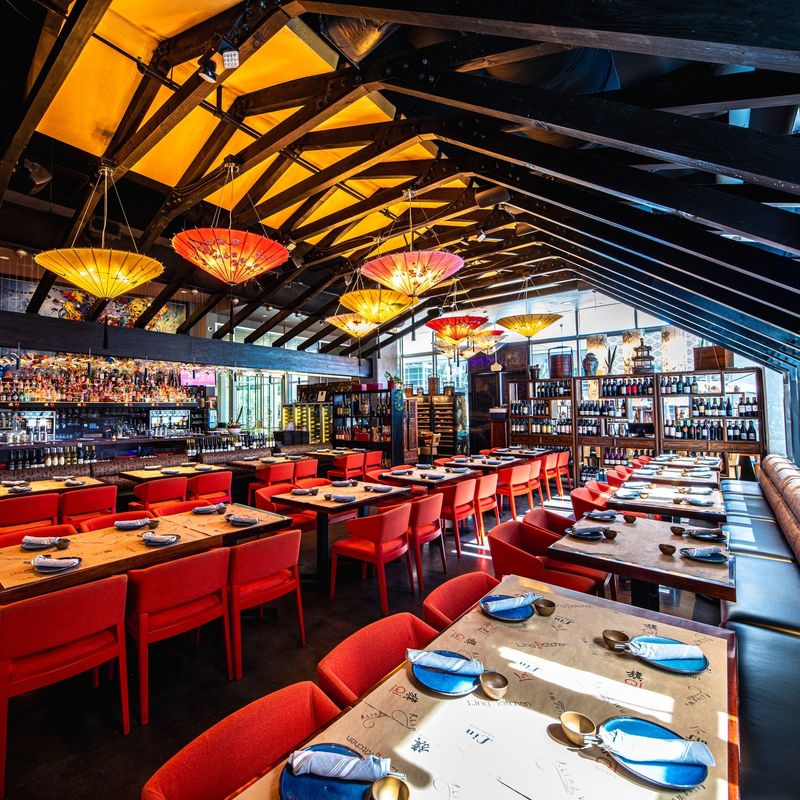
Dim sum spots fill up fast, especially on Saturdays and Sundays when families come out in full force. Arriving without a reservation can mean waiting over an hour just to get seated.
Planning ahead ensures you get a table before the carts start rolling. Nothing dulls the joy of dumplings like a long, hungry wait in a crowded entryway.
2. Skipping The Tea Altogether

Tea isn’t just a drink at dim sum—it’s a palate cleanser, a digestive aid, and a centuries-old tradition. Skipping it misses the cultural heart of the meal.
From jasmine to pu-erh, each tea enhances the food in its own way. Pouring for others before yourself also shows respect, adding grace to the table.
3. Taking Too Long To Decide When Carts Arrive
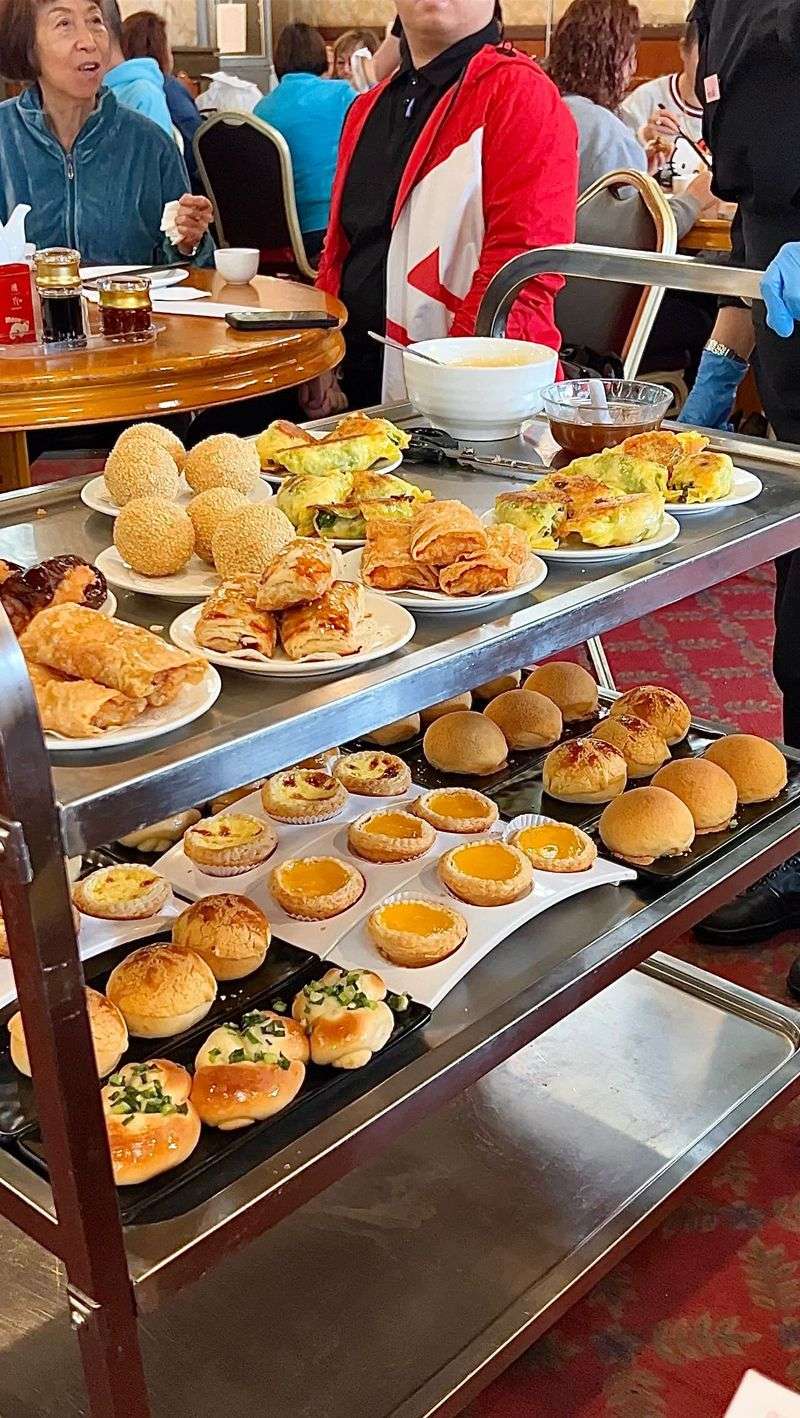
Carts don’t linger forever. Stall too long and that bamboo steamer might roll away to the next table. Popular items disappear fast, especially during peak hours.
It helps to know a few favorites ahead of time. Being ready with a yes means you won’t miss the best bites as they go by.
4. Ignoring The Non-Cart Menu
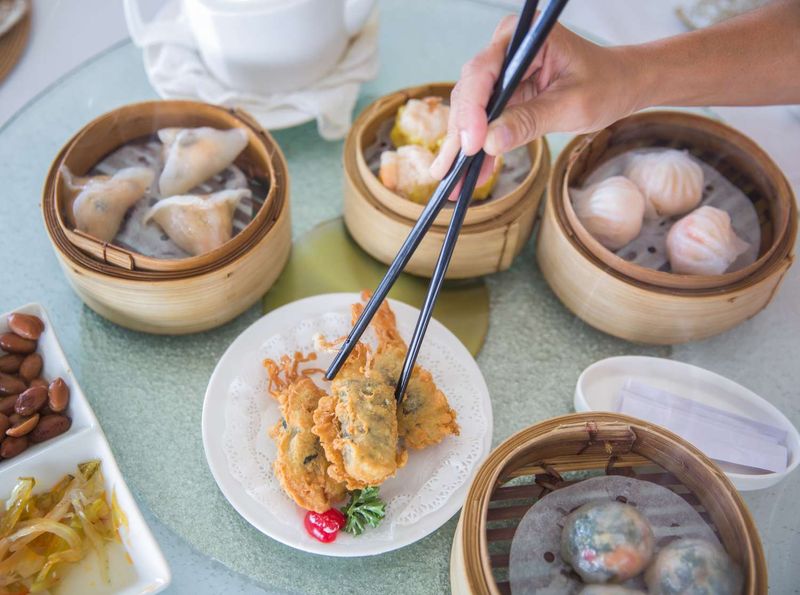
Not everything makes it onto the cart. Some of the most flavorful, delicate dishes—like fresh noodles or baked buns—are made to order.
Asking for a menu can open up a whole new layer of dim sum delights. It also helps when the carts slow down or you’re craving something specific.
5. Only Ordering What You Know

Sticking to shrimp dumplings and pork buns is safe, but dim sum is meant for exploring. There’s a whole world beyond the usual picks.
Trying a few unknowns can turn your meal into an adventure. It’s a chance to discover new textures, flavors, and traditions on one shared table.
6. Forgetting To Share Everything
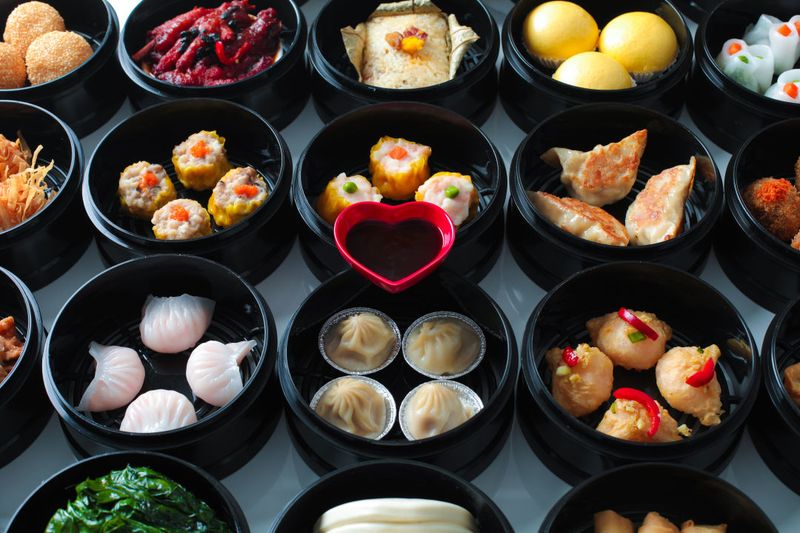
Dim sum is a communal experience. It’s about passing plates, splitting buns, and trying a bite of everything. Hoarding a favorite dish breaks the spirit.
Sharing keeps the table dynamic and connected. It’s the best way to try more without filling up on just one thing.
7. Drenching Everything In Soy Sauce
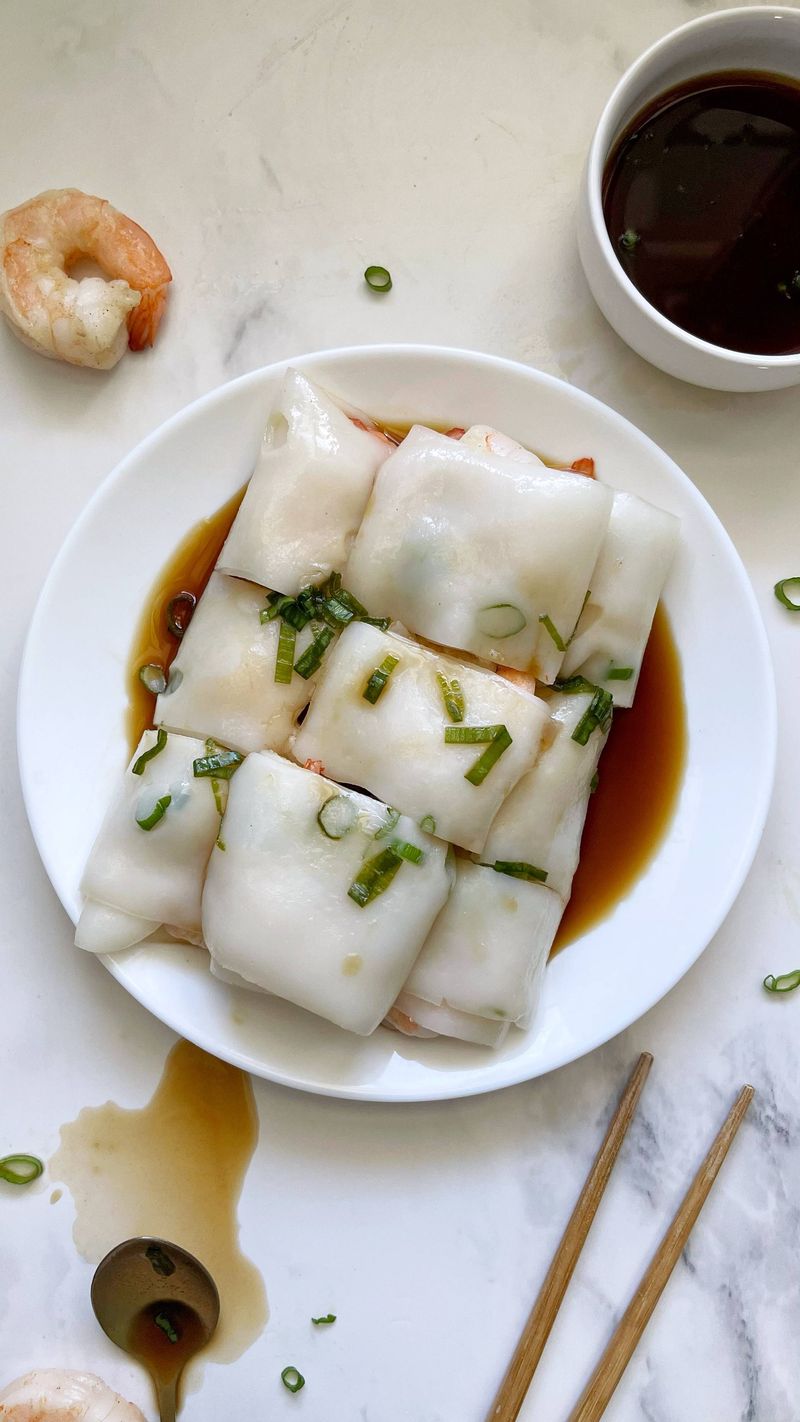
Overloading your plate with soy sauce can mask the delicate flavors chefs work so hard to balance. Not all dim sum needs dipping.
Some dishes are already seasoned or glazed. Taste first, then add sauce sparingly to enhance, not overwhelm.
8. Not Trying The Chicken Feet

They may look intimidating, but chicken feet are a dim sum classic with deep cultural roots and surprisingly rich flavor. Braised until tender, they melt in your mouth.
Skipping them out of squeamishness means missing a textural treasure. Be brave—just once—and you might find a new favorite.
9. Eating The Dishes Out Of Order

Starting with heavy fried items can kill your appetite before you’ve tried the lighter, more refined bites. Dim sum works best when paced.
Begin with steamed or boiled dumplings, then move to fried or baked. Saving dessert for last gives the meal a natural, satisfying arc.
10. Not Keeping Track Of The Bill Card
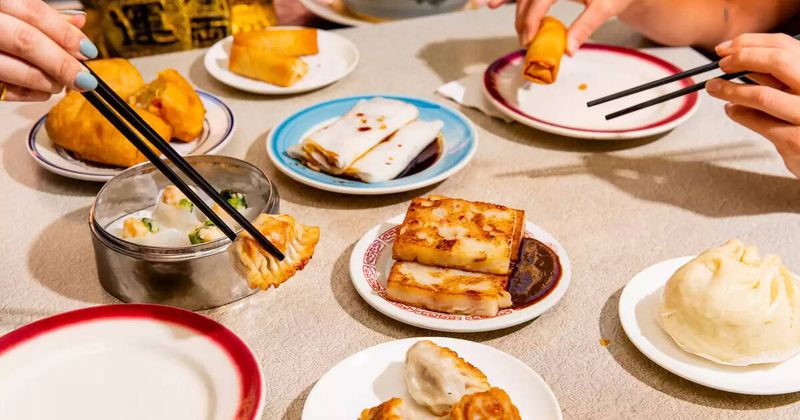
Each dish adds a stamp or tally to a running total card left on your table. If it’s lost or unreadable, sorting the bill becomes tricky.
Keep it dry, clean, and within reach. This little slip of paper is your receipt, your order log, and your lifeline at the end.
11. Mixing Up Sweet And Savory Dumplings

Custard buns and BBQ pork buns may look alike, but biting into the wrong one can throw off your whole flavor rhythm. Appearances can be deceiving.
Ask or check carefully before digging in. A little attention saves you from mismatched bites and awkward surprises.
12. Forgetting To Tip Properly

Even if the meal feels casual, service still matters—and tipping shows appreciation for the fast-paced hustle of cart servers and kitchen staff.
A standard tip, or more for exceptional service, is always welcome. It supports a tradition that feeds countless families, both in the restaurant and beyond.
13. Not Being Adventurous With Textures
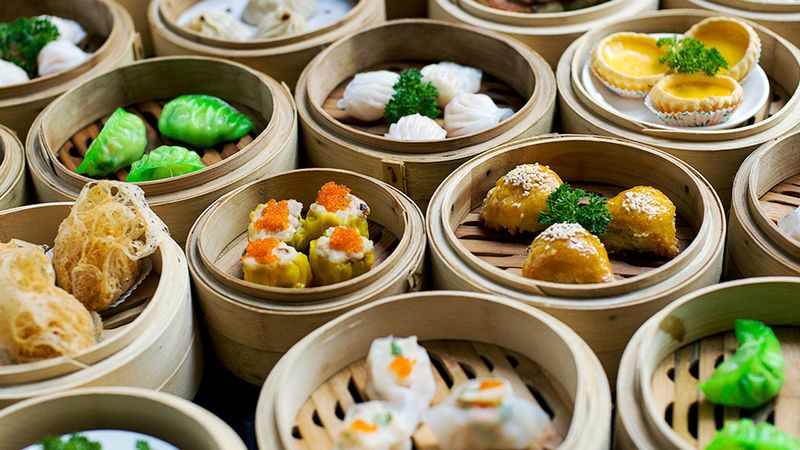
Dim sum is a celebration of contrast—crispy and chewy, slippery and crunchy, soft and elastic. Avoiding “weird” textures limits the fun.
Give jellyfish salad or turnip cake a shot. The mouthfeel is part of the experience, and embracing it expands your culinary vocabulary.
14. Ordering Too Much, Too Soon

With so many tempting carts, it’s easy to overfill the table before the best dishes even arrive. Pacing is everything.
Start slow, save room, and enjoy the flow. There’s always more coming, and part of the magic is letting the meal unfold naturally.
15. Not Asking For Recommendations
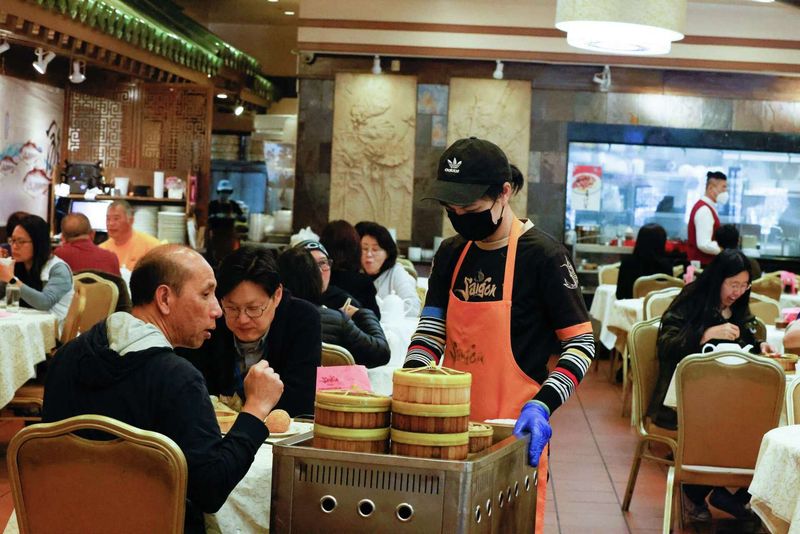
Servers and cart attendants know what’s fresh, what’s house-made, and what just came out of the steamer. Not asking means missing insider tips.
A quick “What’s your favorite?” can lead to unexpected gems. The best meals often begin with a simple question.

